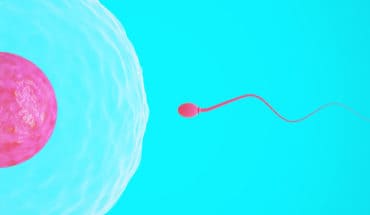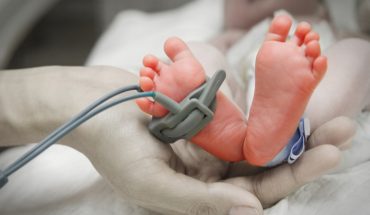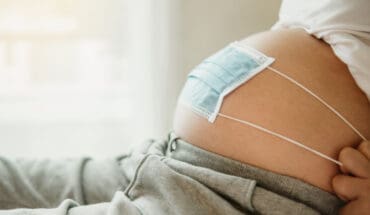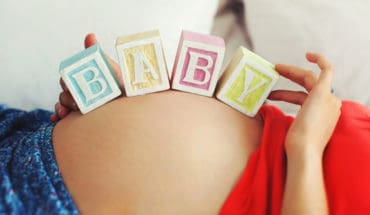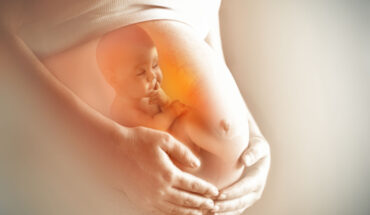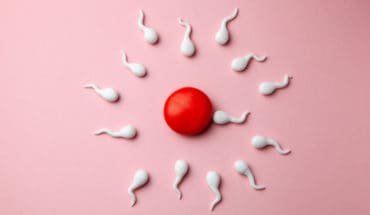Assisted fertility technology is evolving rapidly – the world’s first three-parent baby was born this month and doctors gave the go-ahead for a new genetic screening method in May this year. We look at two advances in fertility which are proving to be game changers for people who need a little extra help to start a family.
Mitochondrial transfer
In February this year, the UK House of Commons voted overwhelmingly to allow a technique called mitochondrial DNA replacement therapy. Mitochondria are the ‘power houses’ inside cells which turn fuel into energy. They have their own set of genes and when they go wrong, they can cause serious multi-organ diseases affecting the brain, heart and muscles leading to deafness, blindness and heart, liver and kidney failure. This new therapy involves transferring healthy genetic material from an egg that has faulty mitochondria and putting it into a donor egg that has healthy mitochondria. The resulting egg has DNA from three parents – the mother and father who fertilised the initial egg and the mitochondrial DNA from the donor. Mitochondrial disease affects around one in 4000 children.
Professor Lord Robert Winston, the fertility pioneer, was circumspect to start with but it now fully behind the new law. ‘Transfusing mitochondria is not unlike transfusing red blood cells in a case of severe anaemia – the main difference being that the mitochondrial treatments last into future generations.’
Professor Chris Exley, professor of biononorganic chemistry at the University of Keele, disagrees. ‘The supporters of this move are basically saying that this is simply a matter of mechanics and won’t change the fact that only two parents will contribute to the traits and characteristics of the resulting child. They imply that mitochondria are nothing more than ‘batteries’ which you can pop in and out at will.
As a biologist, I know that mitochondria are far more than batteries. Mitochondria are an essential part of the whole cell and influence the nucleus, even as far as changing the way that DNA is expressed.’
Freezing embryos
‘Embryo freezing is generally seen as a routine part of IVF and ICSI and offers many benefits, not least the fact that embryos left over from a fresh cycle can be stored for future use in IVF and avoids unnecessary gonadotrophin stimulation and repeated egg collections,’ explains Dr Gillian Lockwood. These embryos are literally ‘frozen in time’ at the age the woman was when they were created and this i9s helpful for women coming to fertility treatment over 35.
Vitrification, which is rapid freezing, is more effective than slow programmable freezing in ethylene glycol when embryos are slowly taken down to -196 degrees centograde. Embryos, which are five to six days old when the freezing process takes place, are kept frozen in tanks of liquid nitrogen until they are thawed and reimplanted.
While it is true that embryos can be damaged by the processes of freezing and thawing or by technical or human error, this is very rare and damaged embryos are not reimplanted,’ says Dr Lockwood. Around 75 per cent of frozen embryos survive and are perfect. Several recent studies suggest that undamaged frozen-thawed embryos are as viable as their unfrozen counterparts.
Data from clinics in Manchester and Aberdeen are reassuring, showing similar incidence of ectopics occurring after fresh and frozen ET in large groups of patients.
Egg freezing, which involves harvesting unfertilised eggs from a woman’s ovaries and then freezing them, is becoming more popular among women who want to delay motherhood but preserve the quality of their eggs, is still only done by a small minority and numbers are still too small to draw conclusions. Sally Cheshire, chair of the HFEA, says; ‘Although the number of women freezing their eggs in the UK has risen from 59 in 2005 to 816 in 2014 (a 25-30% year-on-year growth), the number of eggs being thawed and used in treatment is still very low. The ideal age for egg freezing is the late 20s or early 30s, but the majority of ‘social’ egg freezers are in the late 30s when success rates have started to decline
In 2013, only 102 of the total 65,000 IVF cycles performed used previously frozen eggs and the approximate success rate was 14 per cent. This compares with an average 26% success rate of IVF using fresh eggs. The number of IVF cycles with frozen eggs rose to 129 in 2014, although the number of births is not yet known.’
- Combination of drugs could prevent thousands of heart attacks - 21st April 2025
- UQ Study Links Poor Teen Diets to Heavy Social Media Use - 21st April 2025
- Gut microbiome could delay onset of type 1 diabetes - 3rd April 2025

